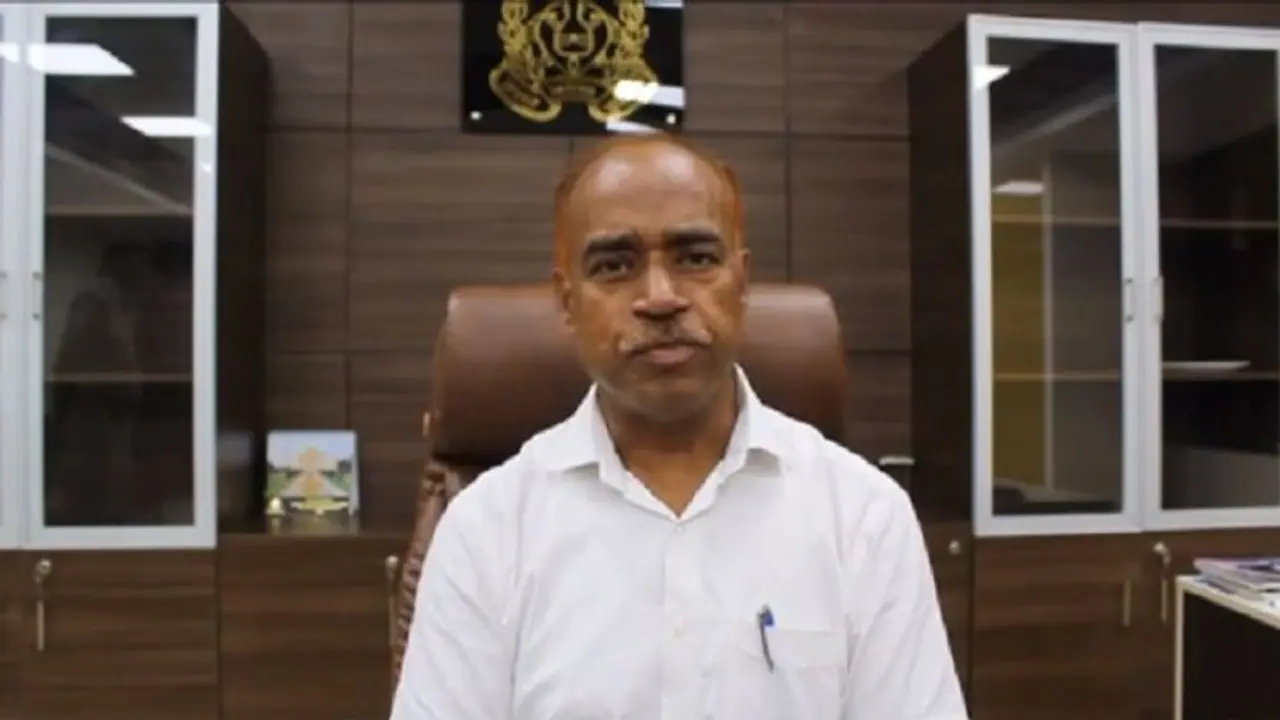In the last 16 years, Mahendra Modi, a former IPS officer, has developed 8 models, one of which has been patented. This system features a tank that can store water in multi-storey buildings without wasting any electricity. Additionally, it can also save groundwater, and the need for an RO system is eliminated.
Lucknow: A former IPS officer Mahendra Modi has developed a rainwater harvesting system to convert rainwater into potable water. This system features a tank that can store water in multi-storey buildings without wasting any electricity. Notably, water can be supplied to the buildings, offering employment opportunities as well. The cost of installing this system is significantly less than that of setting up a water bottling plant.
8 models 1 patent
In the last 16 years, Mahendra Modi has developed 8 models, one of which has been patented. Water tanks are installed to conserve the rainwater. Traditionally, underground tanks are used in Gujarat and Rajasthan that require electricity to lift water. However, in Mahendra’s model, a tank is installed parallel to the 14th floor of a 15-floor building to store rainwater. This water is filtered and is distributed to all apartments of the building without electricity consumption.
Purified water
Regarding the size of the tanks, Mahendra Modi explains that if a year sees 100 cm of rainfall, approximately 25 cm of it occurs during the non-monsoon season i.e., after October. Therefore, the tanks need not have a capacity exceeding three months. Furthermore, if the rainwater is bottled for drinking purposes, then additional storage would not be required. Scientific testing has validated the safety of rainwater converted into drinking water, provided it is cleaned with a ten-micron filter.
Employment opportunities
Mahendra Modi shares that if the government gives a license to a family to store water of 5-10 lakh litres, then they can supply water to 41 families with 5 lakh litres and to 82 families with 10 lakh litres. He believes that this initiative could provide employment opportunities to approximately 71 lakh families. Moreover, the families would be able to recover the installation expenses within two years.
Saving groundwater
Mahendra Modi’s new design of the water tank also filters water. Solar energy is required for the ultraviolet (UV) process. After the cleaning process, water is supplied to homes. In Delhi-NCR regions, separate water purifiers are installed that often consume electricity. Implementation of this system can reduce electricity costs. Additionally, it can also save groundwater, and the need for an RO system is eliminated.
